Bengal’s women turned simple household items into work of art
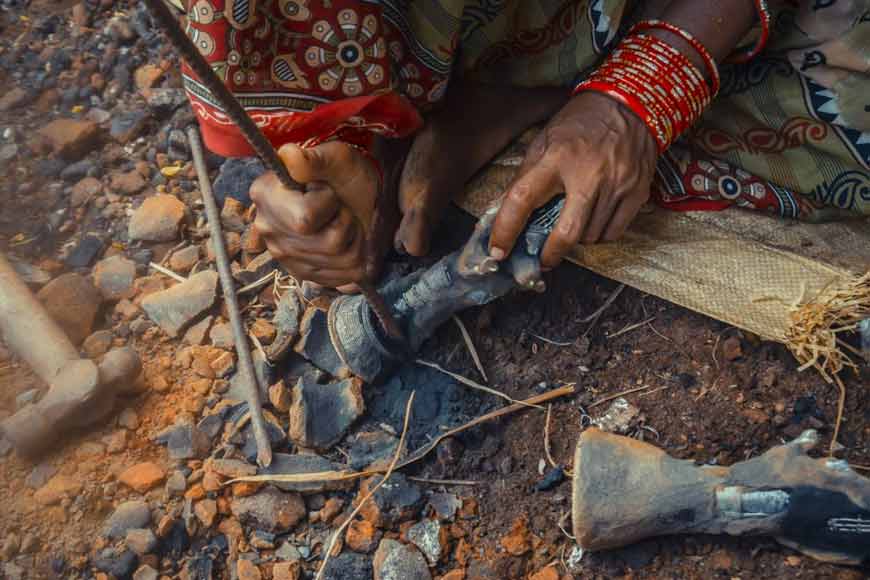
A thing of beauty is a joy forever. Women of Bengal always harboured that aesthetic sense that urged them to take up anything and turn it into a work of art, be it a daily comb that they used or even the nutcracker turning simple things of daily use into work of exquisite art. Some of these folk arts have been handed down generations and were not manufactured in large scale but as cottage industries in households. Not just satisfied by allowing their lives to be confined within the routine requirements of day-to-day existence, in search of beauty, women developed the art of giving exceptional characters to their homes. Let’s take for example rice bowls used to measure rice every day. In Bengal such bowls were made of clay or cane usually but many preferred vessels of brass or bell metal, particularly the zamindari households. These vessels were then decorated with many attractive designs that turned them into works of art.
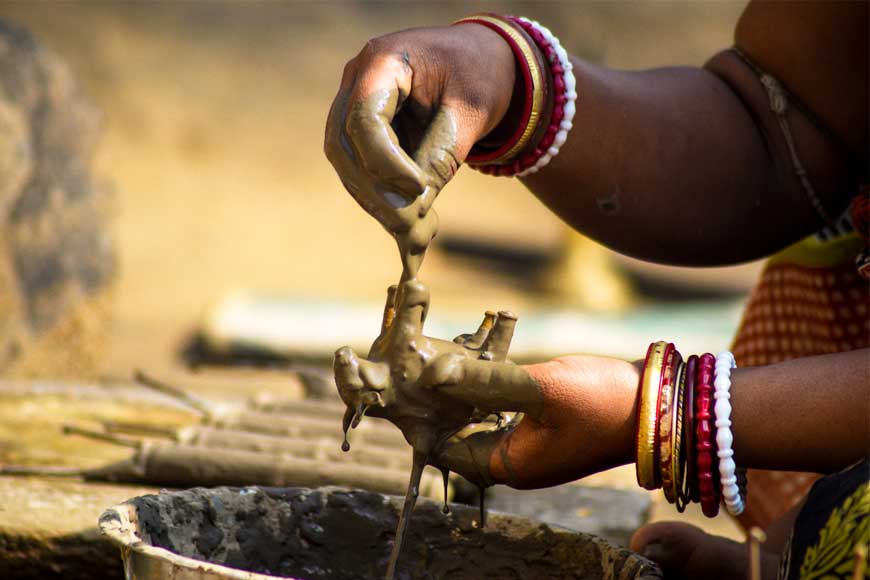
Thus, measuring vessels of brass, displaying a variety of exclusive shapes and designs specially produced by blacksmiths of Dhokra and Mal communities with capacities ranging between a chhatak or two pounds and a seer or one and half ounces, were found in many family homes. The bodies of these vessels were decorated with designs of leaves and creepers. Then there were 7- tiered measuring vessels made of wood and encased with designs of brass plates which were specially manufactured in Lokpur of Birbhum district. These items of folk art contributed in a large way to bring out the charming environment of Bengali houses.
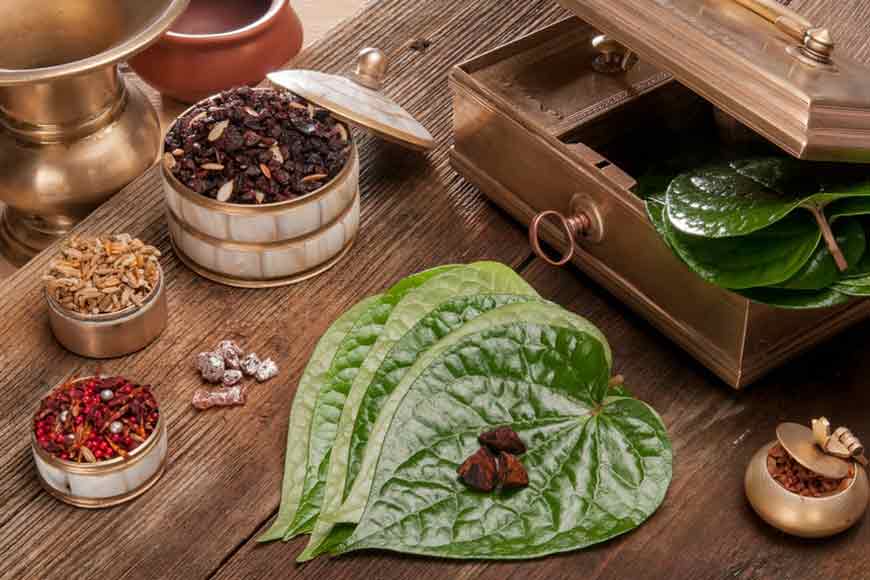
Similar trend of thoughts had led to many variations in the design of boxes for betel leaves and betel nuts that were consumed daily after meals by men and women alike. Compacts for keeping betels processed for chewing, small containers for lime paste and decorated nutcrackers of steel and brass – all these items were seen almost in every home as common appliances for domestic use. There was a time when bodies of brass compacts for keeping betel leaves were decorated with many designs and the cover of boxes for keeping betel processed for chewing were made in two folds to resemble the shape of a woman’s face.
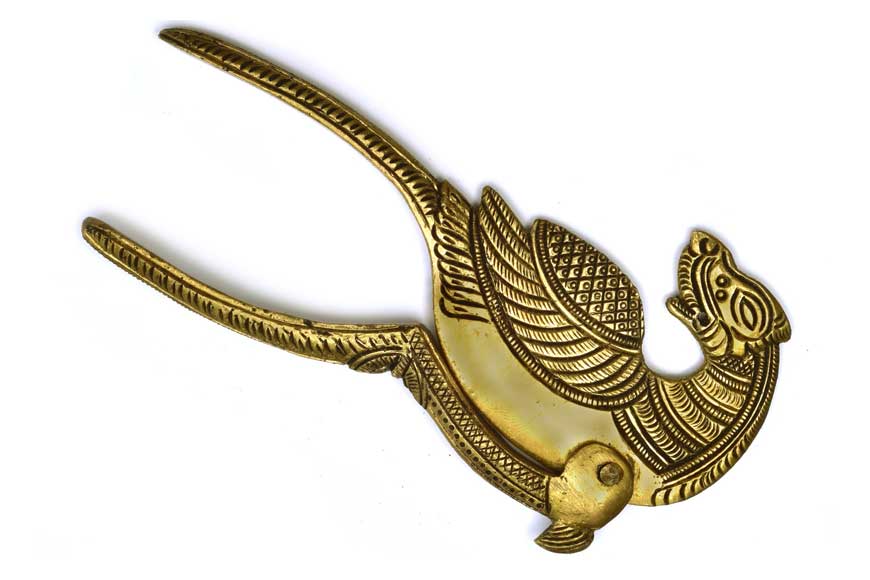
The brass nutcrackers made for day to day use at homes displayed truly exceptional designs, sometimes they were shaped like a peacock, fish or crocodile and sometimes they bore an image of Radha on one face and image of Krishna on the other. For it was customary in those days to apply kohl around the eyes of young children and it was therefore necessary to have a kohl compact in every home which could be of iron or brass depending on family circumstances. Kohl compacts of brass bore many designs of leaves and creepers and figure of small peacock was usually engraved on its ring like handle.
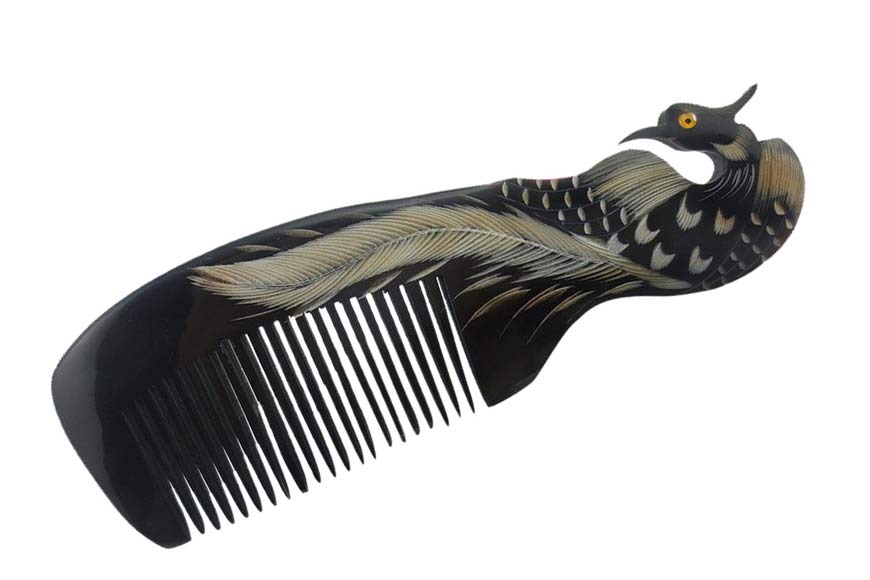
While combs were made from horns of buffalos. The lower part of the comb’s handle used to be designed in the shape of a peacock or a deer. Apart from the commonly used combs, combs of a special category were displayed in many households which was known as Telkom Combs. A special feature of these combs was that it had a hollow cell on a long portion of its stalk which was filled with oil and the oil used to drop down on the user’s head from the aperture of each tooth of the comb. Married women used to apply vermillion along the parting of their hair and small vermillion boxes were used for this purpose made from wood, brass or buffalo horn. These vermillion boxes displayed a lot of clever craftsmanship. Two-piece vermillion boxes with lids were decorated with designs of leaves and creepers and the lids usually carried engraving of a peacock or sometimes a combination of 5 peacocks. The creative spirit displayed in these simple articles for domestic use provided a pretty picture of traditional style of Bengal’s folk art in those days.
(Data from Folk Arts of West Bengal and the Artist Community
By Tarapada Santra)










